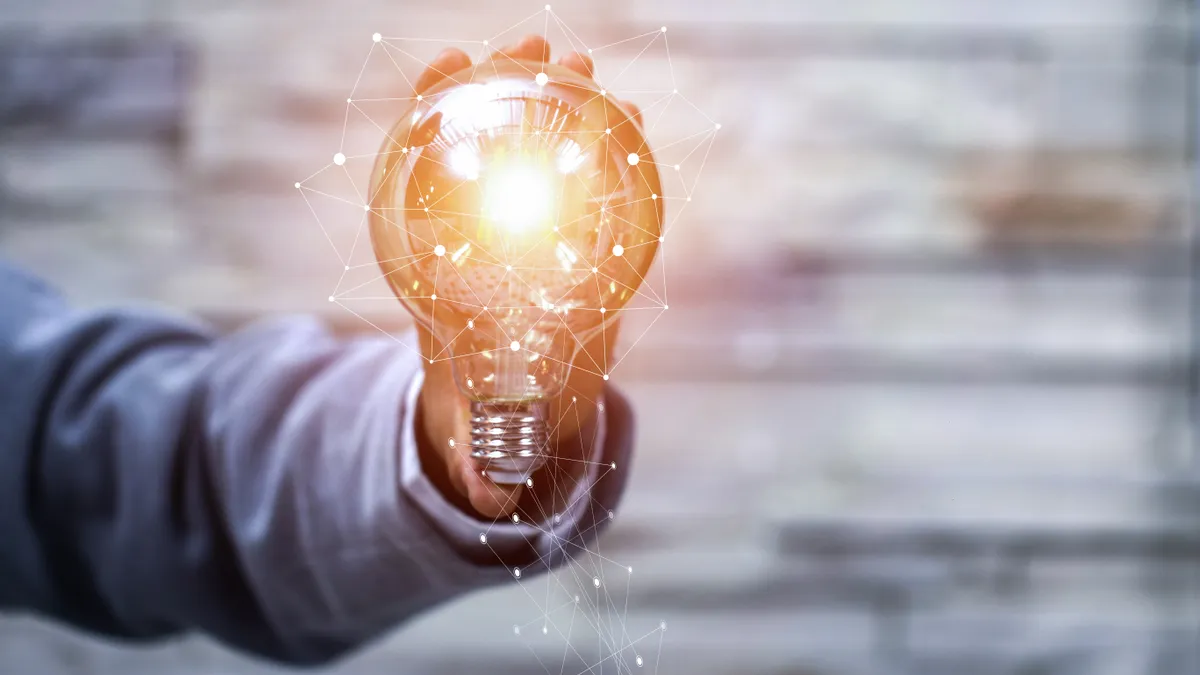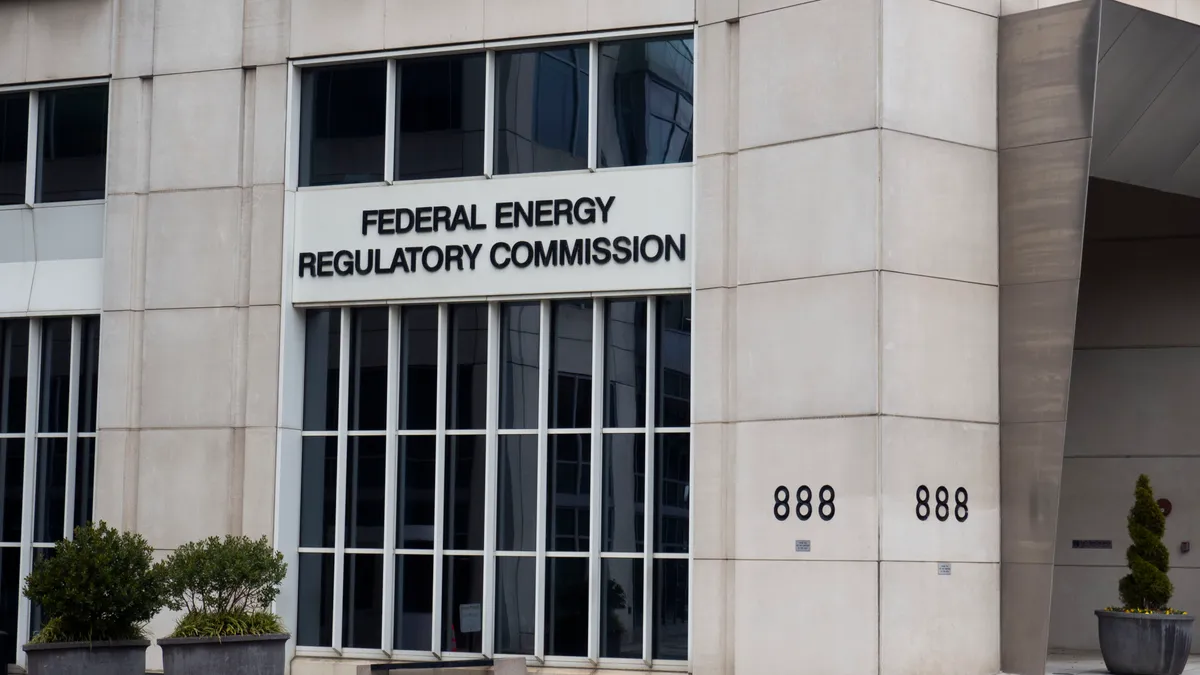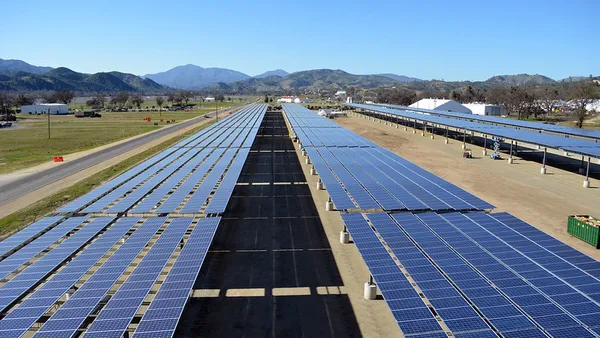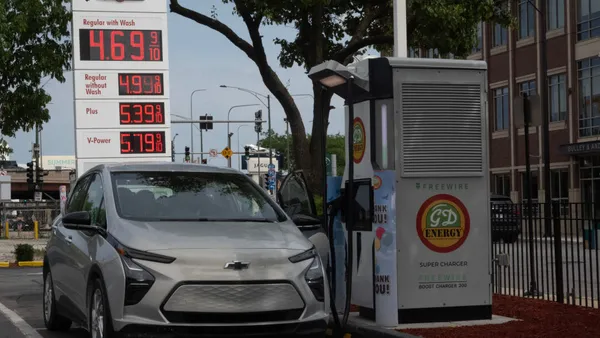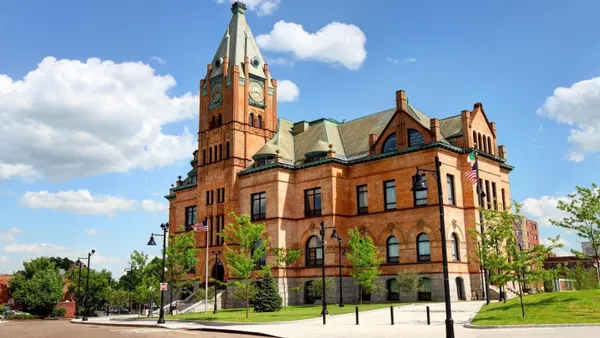Two years ago The New York Times Magazine published its groundbreaking article, "Losing Earth: The Decade We Almost Stopped Climate Change." The piece offered a riveting narrative on the 10-year period from 1979 to 1989 when we started to understand the irreversible impact of climate change but failed to take the necessary actions to counter it. It begs the question... how will society look back on the decade between 2019 and 2029 in this epic battle?
If we look at 2019 alone, people would probably be feeling pretty good. Utilities across the country began setting aggressive carbon reduction goals. In total, nearly 30 Investor Owned Utilities (IOUs) committed to dramatically lowering or eliminating their carbon emissions.
We also saw high penetration rates for EVs and solar, and a vast majority of customers are increasingly changing consumption habits to reduce their environmental impact. Things were looking up.
Then came 2020…
Did anyone see the turbulence of 2020 coming? COVID-19 took the world by storm and with it, a nearly global call for staying-at-home. If there is one positive, however, it led to a significant reduction in carbon emissions, though that is something unlikely to continue as life creeps back to normal.
Nonetheless, people's habits changed. Usage during the day spiked. Many lost their jobs and needed bill assistance. As a result, people were looking for help. A broad national survey of energy consumers in mid-April found nearly 80% want advice on how to save energy in their home. Recognizing these trends, utilities focused on behavioral initiatives like those provided by Opower, as well as payment assistance and deferral programs. They got out in front of questions with proactive communications, delivered personalized insights to help customers reduce consumption and provided valuable financial relief.
So while 2019 started out with aggressive decarbonization goals, 2020 has been wrought with challenges. Still, there is plenty to be optimistic about when it comes to energy reduction. Here are some ways we can act now to continue helping people during the pandemic while charting a path to a clean energy future.
Focus on the "time value of now" in delivering savings
We have not yet achieved the necessary annual greenhouse gas (GHG) savings to achieve our aggressive decarbonization goals. So we need to drive meaningful savings now. Doing so reduces the burden and cost of accomplishing the needed level of reductions in the future. Quite simply, energy saved today affords more "climate value" in the future. Much like receiving $100 today is worth more than $100 in the future, avoiding GHG emissions today - and thus reaping those benefits now - has more value than avoiding those emissions five or ten years from now.
Behavioral energy efficiency (BEE) has proven a valuable tool to reliably deliver cost-effective energy savings. Furthermore, consumers are increasingly engaging with utility content and taking energy-savings actions. Consider the following:
- In 2019, we began piloting digital-only Home Energy Report (HER) programs for customers who had never received a paper HER. So far, those programs are achieving savings of >1.1% with only email HERs and High Bill Alerts (HBAs).
- In a first-of-its-kind effort, National Grid piloted a video energy report where customers received personalized, animated insights on their usage and advice on how to save. The video HERs yielded 12 times the average click-through rates than standard digital reports.
- In March of 2020, Opower's utility clients sent nearly 400% more HBAs than the same time last year. In the months since, more customers than usual have continued to experience high bills, and two to three times as many HBAs have been sent as a result. Engagement with these tools is also seeing a significant increase. Open and click-to-open rates (COTR) are up nearly 10% compared to the same time last year.
- Online Home Energy Assessments are also performing well. At one utility, an email promotion resulted in a 670% increase in completions in a single day.
- A recent analysis of tips and actions being consumed on utility engagement portals found customers are performing more do-it-yourself (DIY) projects to save energy. The number of customers who say they've cleaned out their air filters is up more than 20%. Clearing around vents and tightening refrigerator seals have gotten more popular, while changing a thermostat set point is less popular.
Many have held onto the misconception that BEE programs only work with high users. However, leveraging digital channels enables us to reach all customers cost-effectively, which not only allows more of the population to save on energy, but also establishes trust and paves the way for more fruitful relationships in the future. These capabilities are all available right now and customers want information, so why wait? We need to double down on these efforts both to meet customer needs and to achieve immediate climate impact.
When those savings are achieved really matters
Energy efficiency programs today are largely measured in total KWh hours avoided. They typically do not consider the timing of those savings. Yet, particularly with an increasing level of intermittent resources on the grid, reducing consumption at certain times is more valuable than other times. Making the shift from simple, "any time" EE to smart, "time-specific" EE, is the path to achieving decarbonization goals.
We know that utilities are increasingly working with customers to manage peak usage. Opower programs have successfully changed customer behavior during peak events but there is also a need to create year-round habitual change. Utilities often try to prompt that change with Time of Use (TOU) rates, but customer understanding of these offerings remains low. A new approach pioneered by Opower, Behavioral Load Shaping (BLS), is delivering compelling results by offering personalized coaching that conveys the benefits of shifting usage at certain times of the day.
BLS provides customers a personal comparison of their usage in peak vs. non-peak hours compared to other weeks. This information is used to encourage them to shift their biggest everyday energy loads to off-peak times.
Early results show that BLS is generating sustained peak shifting behavior among TOU customers that is above and beyond the impact of the rate alone (as tested by a control group on the rate, but not receiving rate coaching).
Capitalize on growing customers relationships to spur device adoption
According to research by Epsilon Marketing, 80% of consumers are more likely to do business with a company that offers personalized experiences. Energy is no different. That is why it's important to tailor programs to an individual's needs, as well as the outcomes you are trying to achieve.
As we look forward, we acknowledge that behavioral programs alone are not enough. We must also analyze and help utilities recommend specific devices that are most likely to benefit those customers. Doing so helps them save money on their energy bills; both by taking advantage of program incentives and by reducing usage at peak times. And, in turn, they play an active role in enabling a customer-centric grid and helping utilities meet their decarbonization goals.
For instance, getting more smart thermostats in customer's homes is proven to have a meaningful impact on energy usage. ENERGY STAR reports that on average, smart thermostats reduce heating and cooling costs by 8%.
With that in mind, we've worked to increase adoption of smart thermostats by serving up personalized, disaggregation-based advertisements which direct potential buyers to a utility partner's marketplace. Each ad is designed to look like a personalized insight within an electronic HER, resulting in a 61% increase in customers purchasing thermostats from their utility.
Utilities can also play a role in getting more electric vehicles on the road. With EV detection, we can identify existing owners with higher than 97% accuracy. Not only does this help identify who has EVs, and therefore customize energy insights to them, it also helps get those people on an optimal rate. An EV-centric HER can then be provided, which enables customers to see their EV usage and how their overall consumption compares to neighbors.
In summary
We have come a long way in recognizing the irreversible impact of climate change and taking important steps to combat it. But to avoid having the decade between 2019 – 2029 looked back upon as another missed opportunity, we must do more.
While the COVID-19 crisis and subsequent economic downturn could be viewed as a roadblock to our progress, it can in fact be an accelerator. Customers want to hear from utilities, which creates an opportunity to reimagine engagement programs by making them accessible and tailored to all types of customers. Reaching more people sooner and changing their habits has a complementary effect in that it delivers savings today and establishes a foundation for building on that success in the future. Our customers demand it. The planet needs it. There is no sense in waiting any longer.

